HR Leading Performance Management from the Front
HR Leading Performance Management from the Front
I had a great day with Clare and Carla at Ignition Group who are setting the standard for proper performance management.
After coaching Clare (Head People) and Carla (People Engagement Champion) on how to set proper KPIs that set your up for success, I became a fly on the wall and saw how Carla’s targets were negotiated between them. It was one of those rare moments.
If you live in KZN, you’re smart and street-smart, and want to be in an organization going places, I highly recommend sending your cv to the Ignition Group. They’re always hiring!
I’ll come back to being the fly on the wall in a moment, but here’s how the story unfolded.
Clare called me to say they have plans to install a new performance management system and they want me to teach them how to create KPIs that drive business results, as most of their current KPIs don’t.
I had a quick look at samples of their scorecards and saw that the KPIs were not aligned to the business strategy, referred to activities and behaviours, not measurable, convoluted and just yucky. There were also one or two good ones in the mix. (Excuse me for sounding like Trump)
Most organizations I’ve seen have the same problem and get zero value from all their performance management efforts. The only thing these types of scorecards or performance contracts are good for is a tick-box exercise.
So, we decided on a more strategic and integrated approach to performance. We reviewed the business strategy, set up an HR strategy map aligned to the business strategy, chose measurable KPIs that drive business value, and cascaded them a few times until we landed at the ultimate test – setting Carla’s KPIs and targets for the next quarter. Carla has put up her hand to go first and drink her own champagne.
Getting back to being the fly on the wall:
- The meeting was totally calm, logical and unemotional. It was certainly not a monologue from either party.
- Both kept engaged and tweaked the KPIs to align to the business strategy.
- Documenting the KPI definitions was quick and simple as they were all measurable and they applied the methods they had been given.
- The foundation was set and it was time for setting the targets.
- The targets had a perfect balance between achievability and stretch.
- In many cases, Carla was asking for tougher targets than her boss would agree to. The interaction was highly mature.
- Carla was so pumped up that she wanted to achieve so much in Q3. But Clare could now see the bigger picture (on the strategy map) and didn’t want to set her up for failure, nor did she want to over-engineer one area at the risk of losing balance.
This is the kind of engagement that every employee should experience.


